Bauhaus. Philosophy, basic principles and ideas

During the 20th century, various avant-garde currents influenced the development of modern art. While many of them focused on painting, the Bauhaus encompassed a wide range of genres, materials and disciplines. To this day it is considered Bauhaus one of the greatest design styles of all time. Combining aesthetics with functionality, it helps create forms that which bring beauty to any creative project.
Thanks to its adaptability, Bauhaus can be used for various design tasks, from social media posts to newsletters to illustrations and branding. If you want to experiment with visual communication and get people’s attention, give it a try Bauhaus aesthetics! Read on to learn more about this iconic movement and how to incorporate elements of it into your creatives projects
What is Bauhaus?
The development of the Bauhaus design movement is associated with the State Bauhaus institution in Germany. Architect Walter Gropius founded this school in 1919, six months after the end of the First World War. He intended to create radically a new style of design and architecture that would help reconstruct post-war society. Although the Bauhaus school survived only 14 years old, she started a powerful movement that changed the course of art history, significantly influencing graphic design, architecture, interior and furniture design.
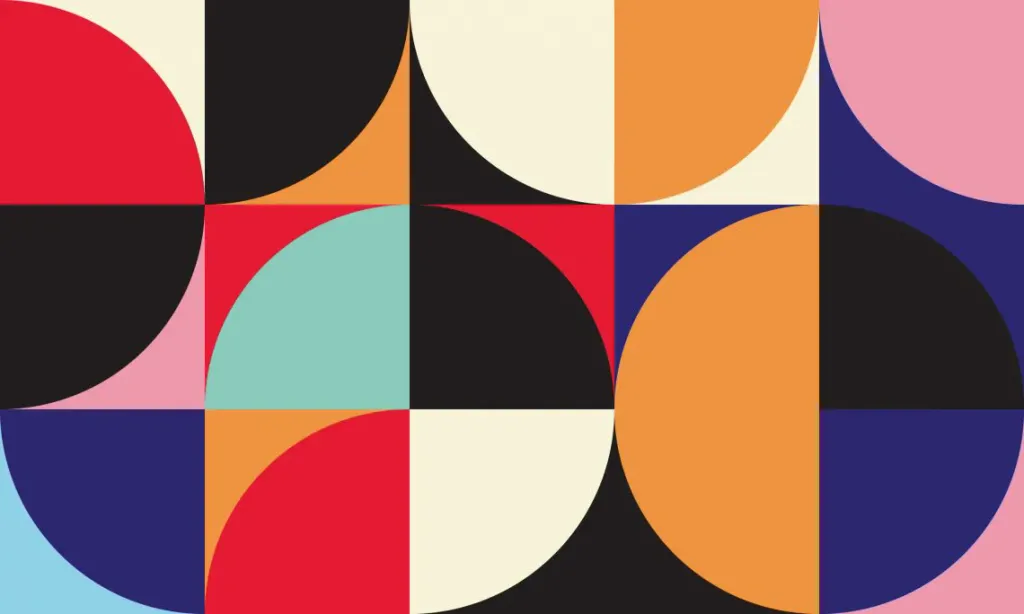
As an architect, Gropius used the German word bau, which means “to build”, in the name of the school. But he was interested not only in architecture. Gropius sought to unite all arts and crafts under one roof and found a school that would use a comprehensive approach to art. The combination of many artistic directions was supposed to create a Gesamtkunstwerk — a complex work of art. As a result, many types of art could influence each other, and not exist separately in different directions of painting and sculpture and architecture. This approach is one of the reasons that the Bauhaus movement significantly influenced a wide range of industries. A lot famous artists and designers were educated at the Bauhaus school. Together they created a new direction of modern art, which is characterized by a unique approach to various forms of design.
In 1933, the school was closed due to threats from the Nazi regime, and its principals and staff left Germany. Emigrating to other parts of the world, the teachers helped to spread the Bauhaus philosophy and turn it into a worldwide movement. Today, Bauhaus is known for its special style and constant influence on modern design.
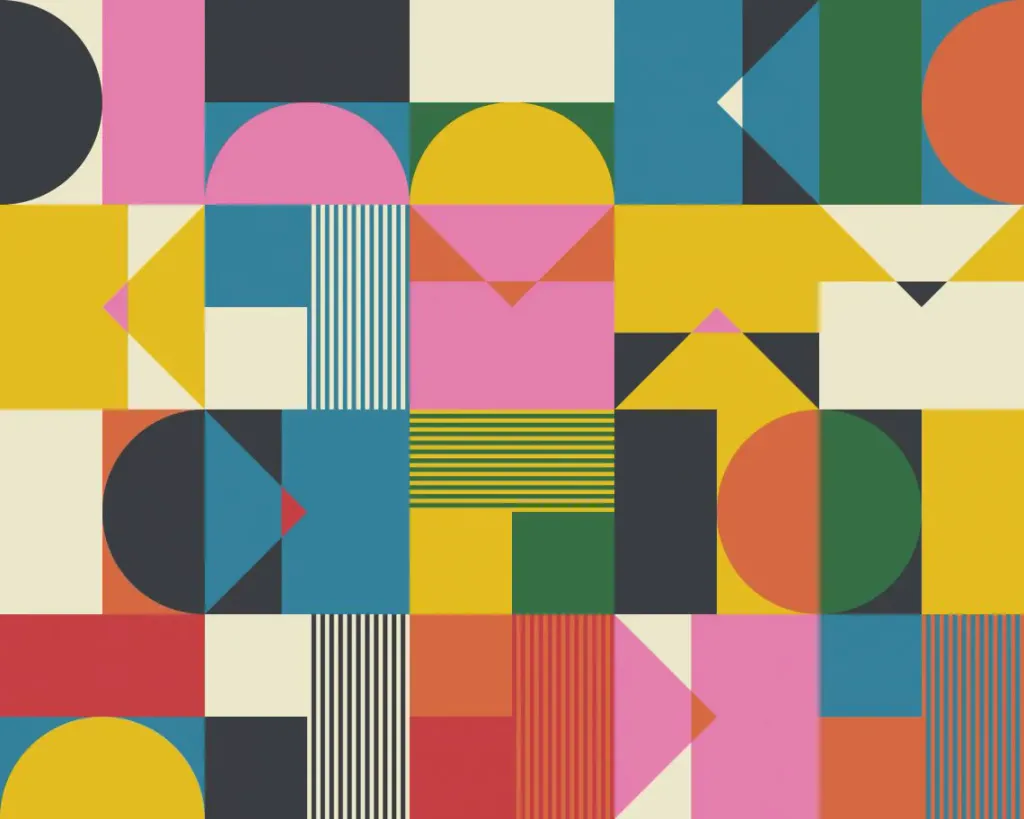
Bauhaus philosophy and design principles
1. Functionality
The main motto of the Bauhaus movement is “Form follows function.” This means creating a modern and sophisticated design with an accent on the functions of all elements. Although in Bauhaus, the form of an object should aid its function, the visual components remain aesthetically attractive. Thanks to the rejection of the use of unnecessary ornamental elements, representatives of the Bauhaus sought convey the nature of objects. In other words, Bauhaus is based on a simple, no-frills philosophy that puts things first place functionality, not aesthetics for the sake of aesthetics.
2. Minimalism
You have probably heard the expression “less is more”. It belongs to Mies van der Rohe, an influential architect and the last director of the Bauhaus school. The key feature of Bauhaus style design was simplicity. Artists sought this direction make their work clear regardless of what they worked on: typography, poster design, illustration or something else. The way to achieve accessibility, practicality and preservation of aesthetic value was simplicity. White space, straight but dramatic shapes and basic colors were used to create beauty in simplicity.
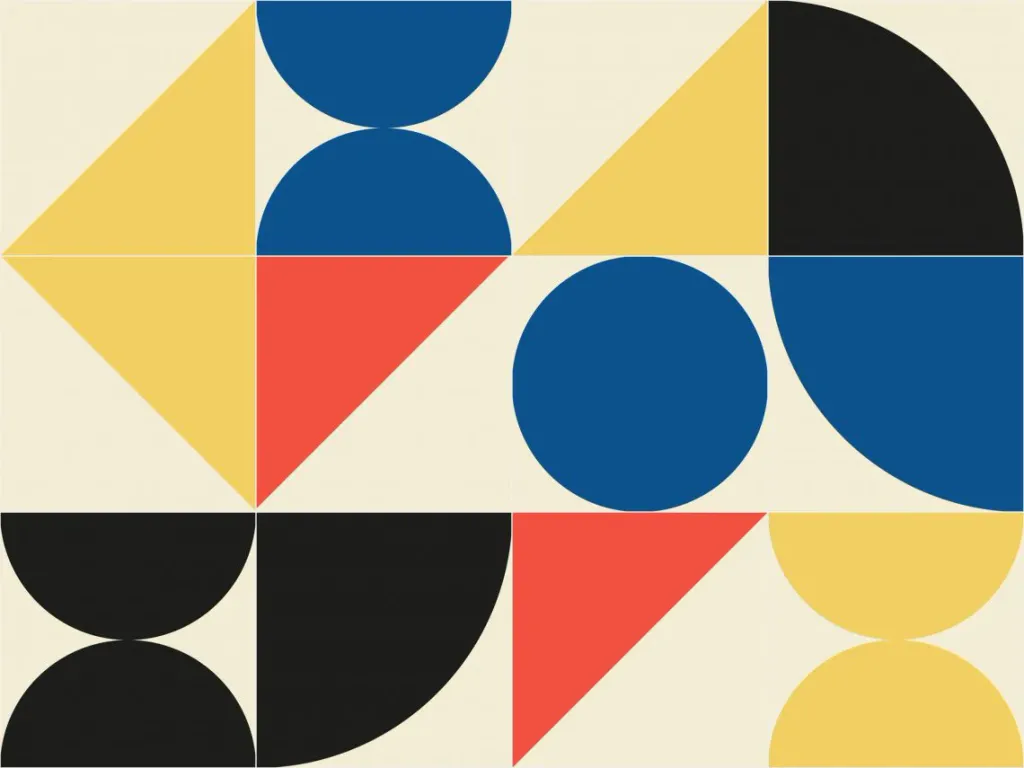
3. Innovations
Ideas were as important to the Bauhaus as the actual design work. This movement required the development of new methods of creation design The goal was to find fresh approaches and alternative ways of thinking. Bauhaus representatives believed that they were innovative ways of learning and creativity should influence the way we perceive and understand the world. Innovation is still important an aspect of modern design that goes hand in hand with creativity. If we want to develop original concepts and better ones solutions, design should constantly focus on innovation.
4. Union of an artist and a craftsman
Gropius’s big idea was to destroy the barrier between artisans and artists. He intended to create a “guild craftsmen”, uniting all creative directions under one roof. The school attached equal importance and importance to printing, textiles, weaving, metal, carpentry, as well as visual arts and theory.

Key elements of Bauhaus style
1. Experimental layout
Representatives of the Bauhaus style developed a new approach to layout. They experimented with alternative placement of objects, corners and white space. The new layout method gave a sense of freedom in creativity, which had an impact on graphic design design for decades to come.
2. Geometric shapes
The philosophy of the Bauhaus style was largely based on simple geometric shapes that emphasized functionality. Artists used a streamlined geometric design with a few extra details. As decor, abstract forms were sometimes added and figures Since technology and automation were important elements of the Bauhaus, geometric forms were visually represented technical thinking characteristic of that time.
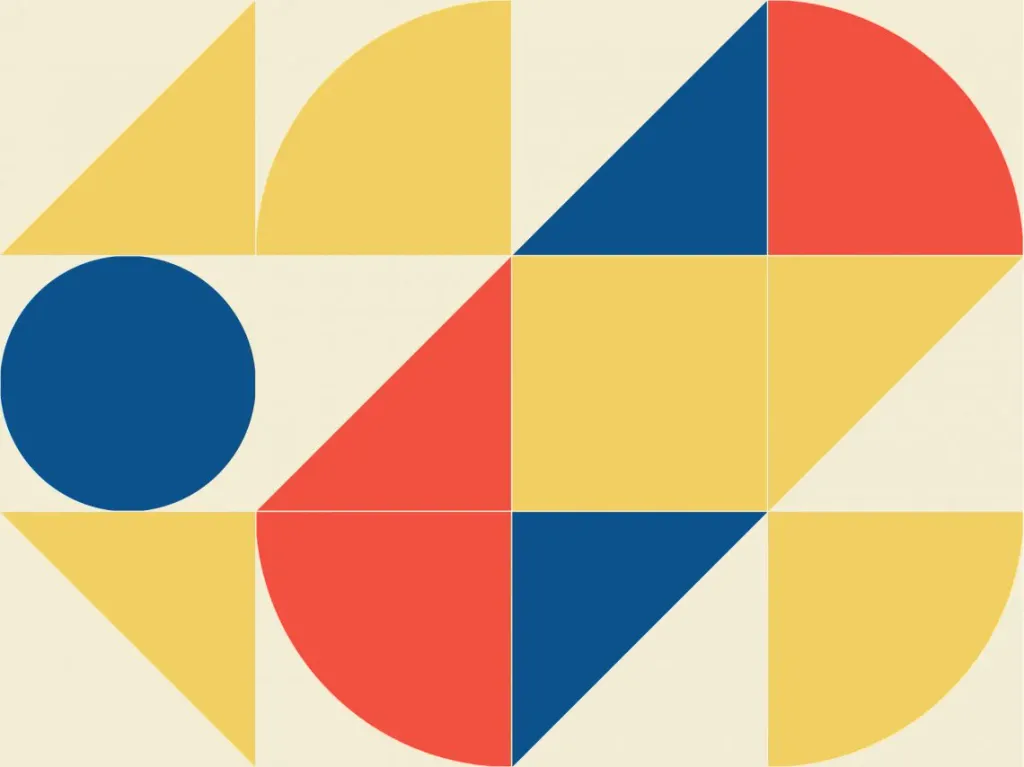
3. Basic color schemes
Bauhaus color schemes, which emphasize minimalism and simplicity, often feature such basic colors as white, gray and beige, as well as bright red, yellow or blue. This brings us back to the essence of simplicity while creating an aesthetic value due to the contrasting combination of different colors. Although Bauhaus representatives used not only primary colors, they still prevailed in most design projects.
4. Emphasis on technology
Since the Bauhaus movement was a combination of art and industry, creators focused on finding new tools, methods and perspectives so that their design work is constantly developing. They used a wide range of modern and industrial materials, including glass, concrete, wood and steel. Bauhaus artists relied on new opportunities when creating serial prototypes of their works.
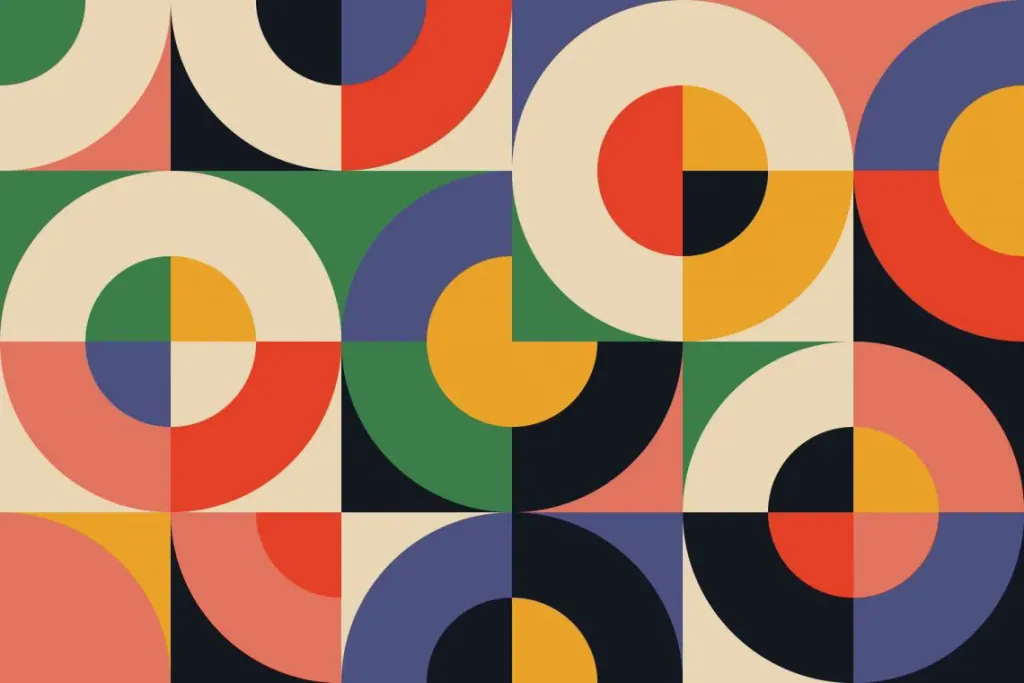
Conclusion
To say that the Bauhaus movement influenced modern graphic design would be an understatement. Despite the fact that the school itself only existed 14 years old, she has had a profound impact on generations of creators around the world, allowing us to rethink typography, layout and use of color. The timeless principles of Bauhaus philosophy still remain relevant, inspiring graphic designers designers to experiment with materials and forms. It is no coincidence that Bauhaus concepts are considered eternal, so you can do without Do not hesitate to implement them in your design! This will help you create spectacular images and
